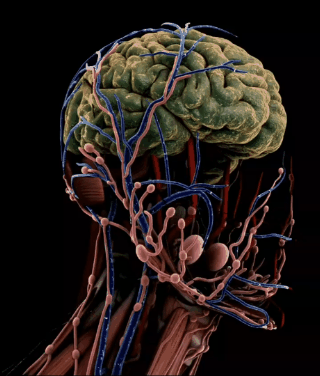Dr V. W. Verlekar
Feedback Systems in Stroke Treatment and Recovery
Dr Vibhav W. Verlekar
NEUROLOGYCRITICAL CARE
2/2/20252 min read


Stroke & Its Types
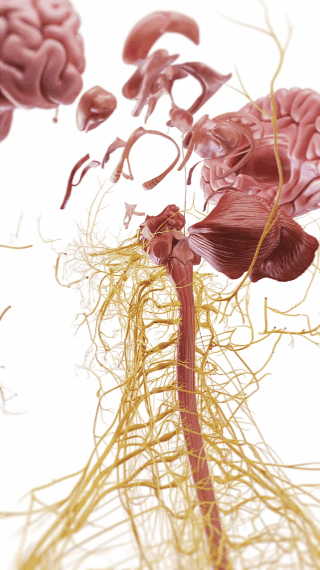

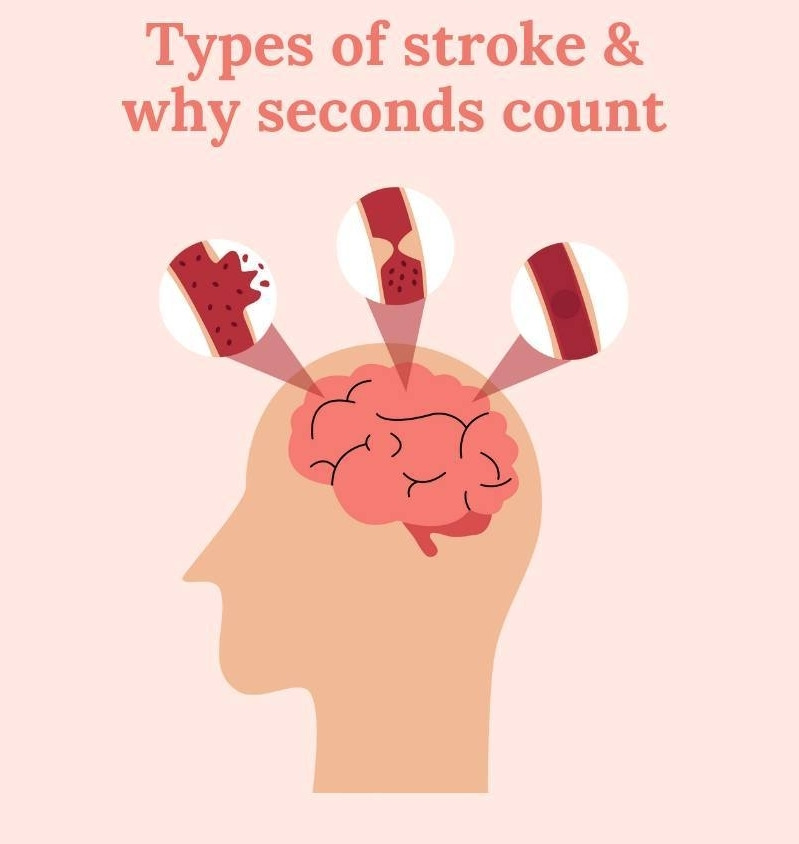
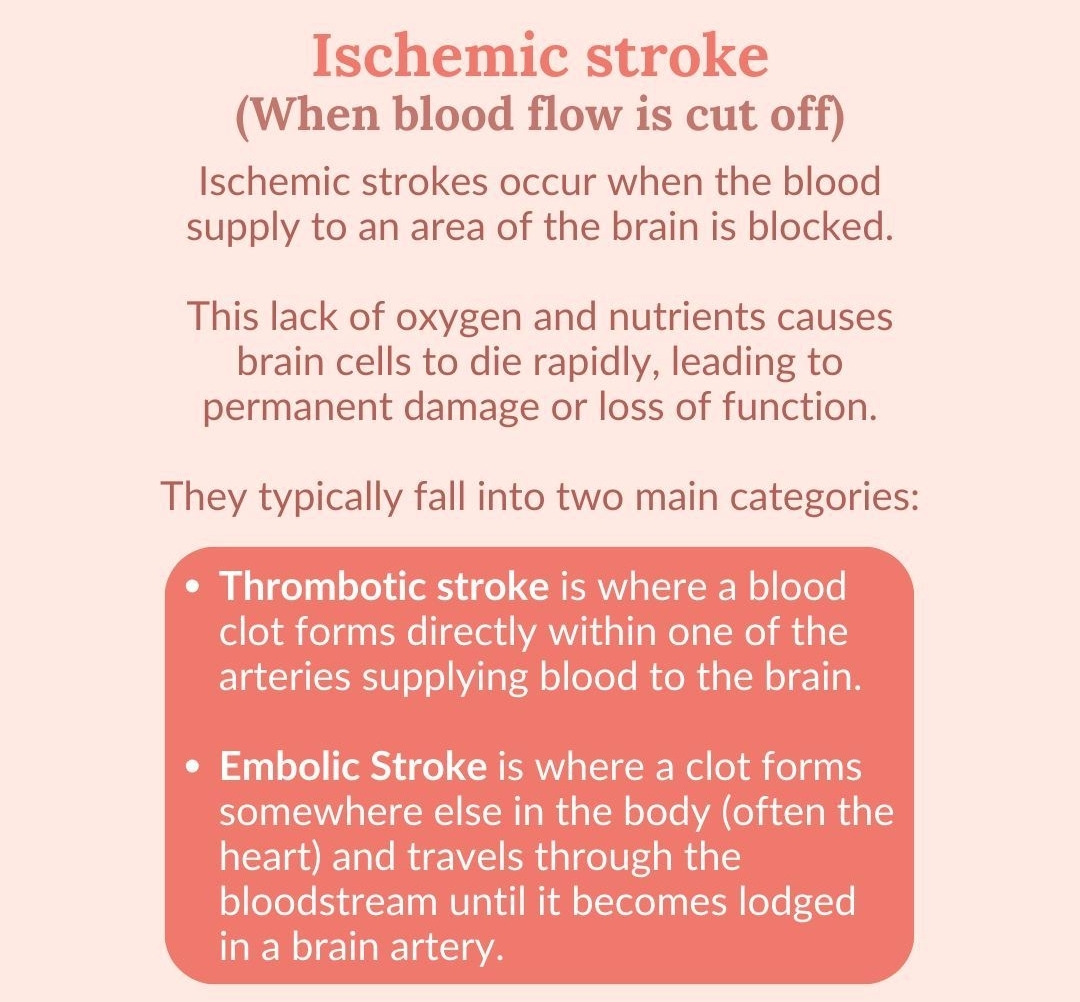
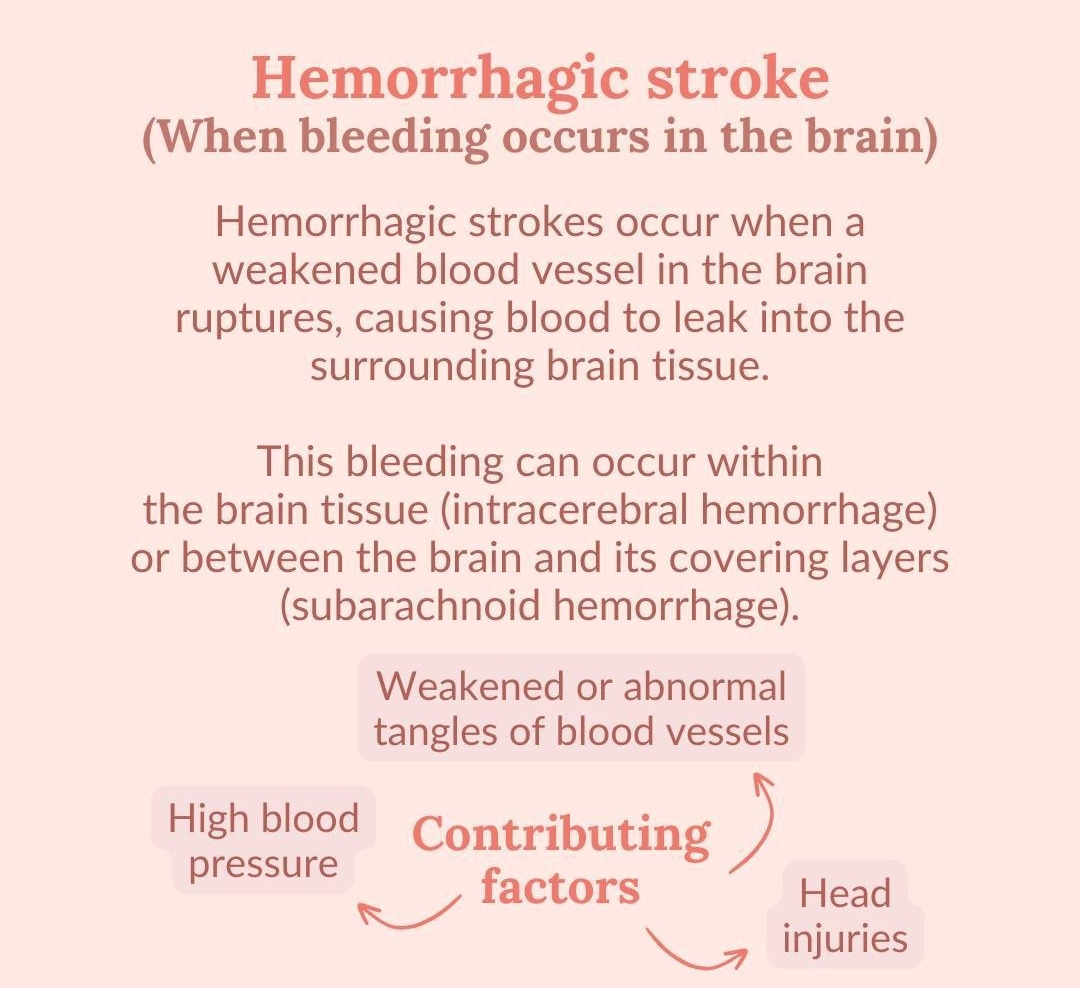
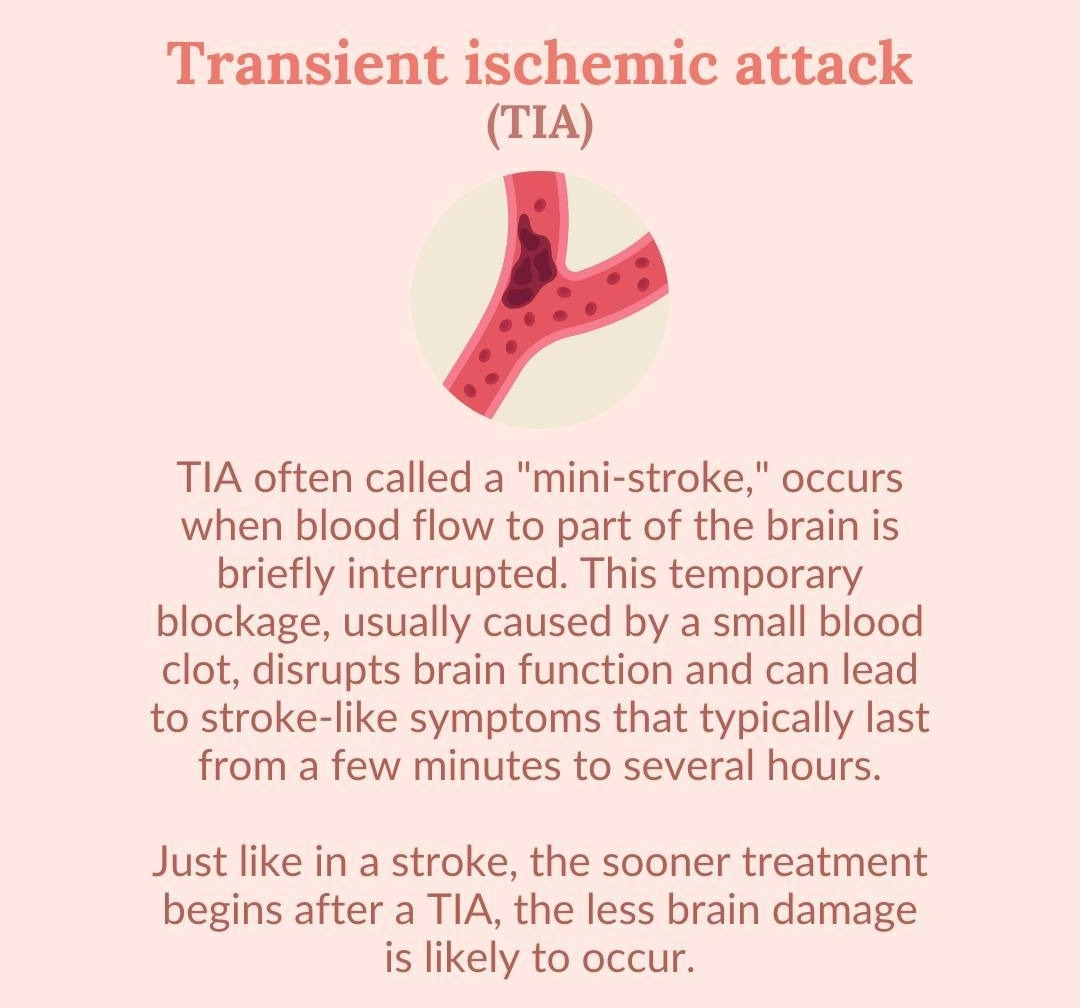
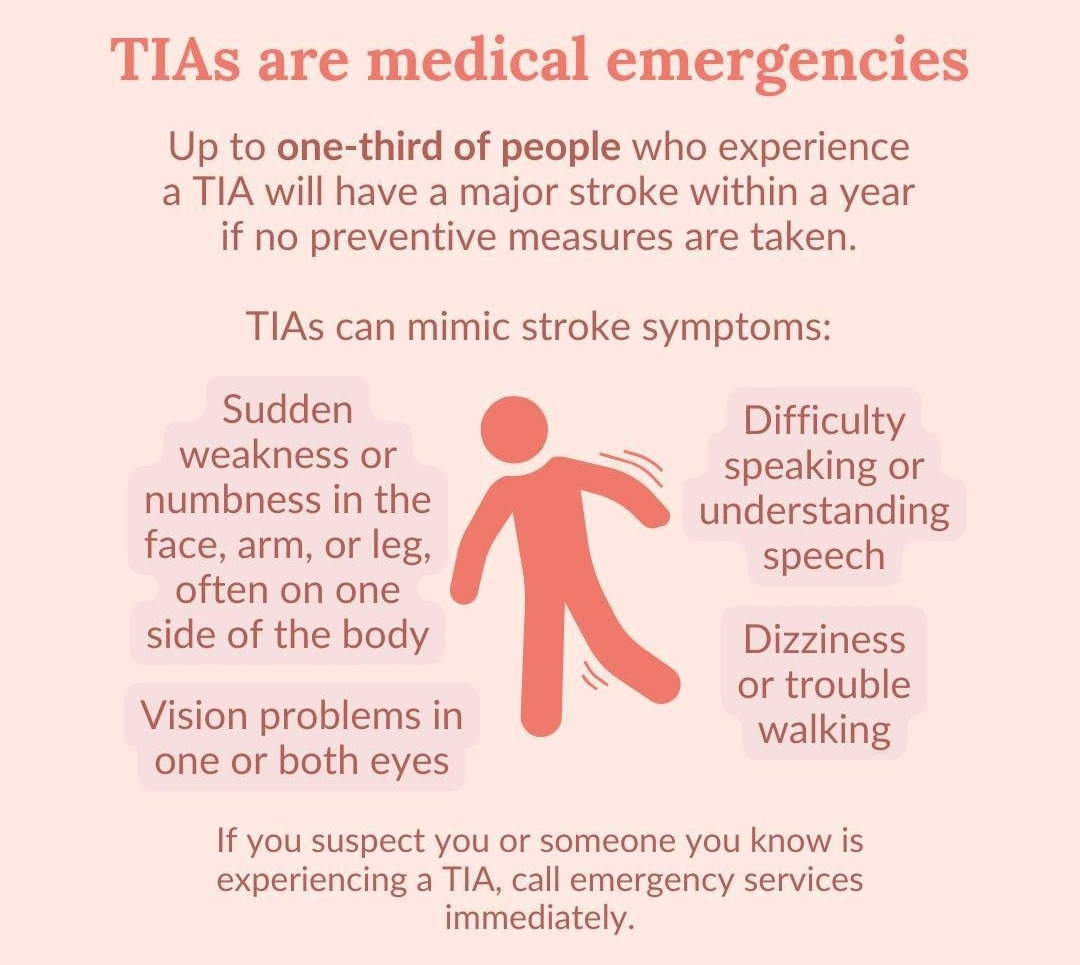
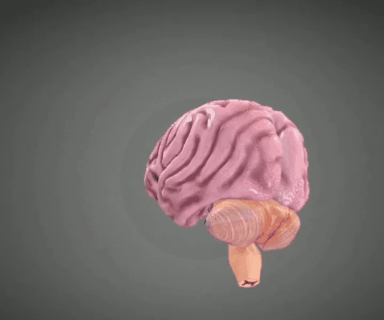

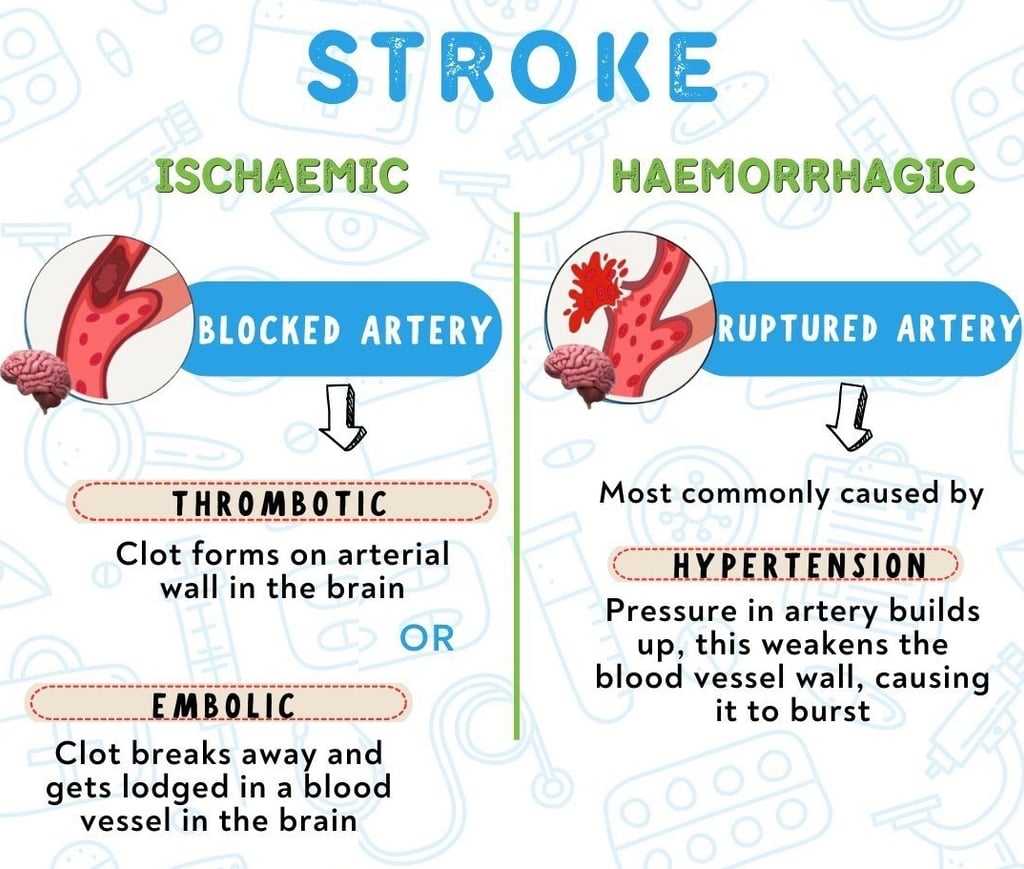

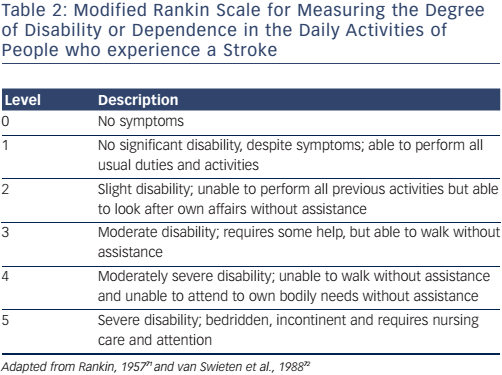

A feedback system in stroke management plays a crucial role in improving patient outcomes by monitoring progress, adjusting treatment plans, and enhancing rehabilitation strategies. It involves collecting, analyzing, and acting on data from patients, caregivers, and healthcare providers.
Key Components of a Feedback System in Stroke Management
1. Clinical Assessment & Monitoring:
Regular neurological evaluations (NIH Stroke Scale, Modified Rankin Scale).
Imaging feedback (MRI, CT scans) to track brain recovery.
Vital sign monitoring (blood pressure, oxygen levels, glucose control).
2. Patient-Reported Outcomes & Feedback:
Self-assessment tools (fatigue, pain levels, mobility).
Digital diaries or mobile apps for tracking symptoms.
Psychological and emotional feedback (depression, anxiety).
3. Rehabilitation Progress Tracking:
Physiotherapy feedback (gait analysis, limb movement tracking).
Speech therapy progress (voice recordings, speech analysis).
Occupational therapy feedback (grip strength, fine motor skills).
4. Technology-Enabled Feedback:
Wearable devices (smartwatches, motion sensors) to monitor activity and movement.
AI and machine learning to analyze recovery trends.
Telemedicine for remote monitoring and feedback.
5. Caregiver & Family Feedback:
Input on patient behavior, cognitive improvements, and daily challenges.
Training caregivers to provide real-time feedback on medication adherence and rehabilitation exercises.
6. Clinical Decision Support Systems (CDSS):
Personalized rehabilitation programs based on real-time data.
7. Community & Social Feedback:
Support groups and peer networks to provide emotional and motivational feedback.
Gamification of rehabilitation to encourage patient engagement.
